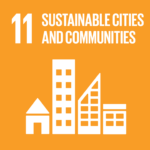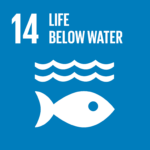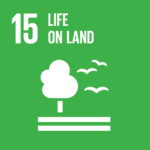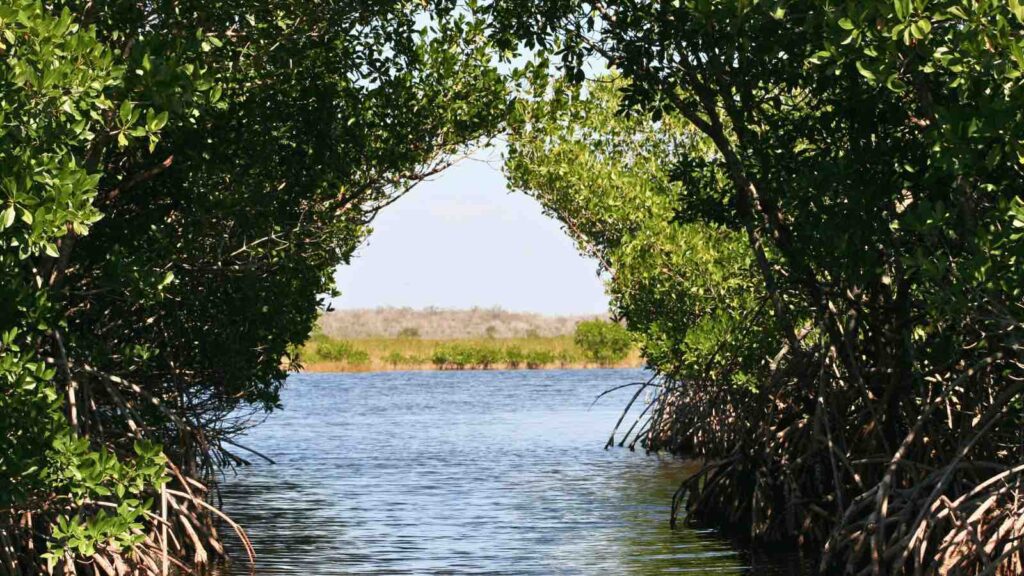The plan for mangrove conservation and restoration has three goals: to stop human-driven mangrove loss, double the area of mangroves with effective conservation status, and restore half of recently lost mangroves.
ABU DHABI — As one of the world’s most threatened ecosystems, mangroves are critical for combating climate change, protecting coastlines, and preserving biodiversity. This reality set the stage for the world’s first International Mangrove Conservation and Restoration Conference, held in Abu Dhabi from December 10–12, 2024.
The summit, which brought together over 400 delegates and 100 speakers from 82 countries, launched the ambitious “Mangrove Breakthrough” strategy. This global initiative aims to halt mangrove loss caused by human activity, double the area of protected mangroves, and restore 50% of recently lost mangroves.
RELEVANT SUSTAINABLE GOALS




The Urgent Case for Mangrove Restoration
Since 1996, more than 1 million hectares (2.5 million acres) of mangroves have been lost, with 70% of this area considered restorable. However, mature mangrove forests and their vast carbon stores are irreplaceable
“Mangroves play a critical role in coastal resilience, food security, biodiversity protection, and climate change mitigation,” said Elena Roddom, technical advisor for Wetlands International. “With 50% of the world’s mangroves at risk of collapse by 2050, we are racing against the clock.”
Tom Worthington, an aquatic ecology researcher at the University of Cambridge, introduced Global Mangrove Watch, a digital tool that maps mangrove habitats using remote sensing data. The platform combines information on geographical range, status, and carbon storage value of mangroves, offering open-access data to aid restoration efforts.
“This tool provides the best available global datasets for planning mangrove conservation and restoration,” said Worthington. He emphasized that meticulous planning and long-term monitoring are crucial to track changes and adapt strategies effectively
Community-Led Success Stories
Experts at the conference highlighted the failures of large-scale planting efforts that often fall short of creating functional mangrove forests. Instead, they advocated for community-led approaches to restoration, which align with local ecological and socioeconomic contexts.
Judith Okello, chair of Kenya’s National Mangrove Management Committee, shared insights from restoration projects in the Lamu-Tana area. Kenya’s 2016 Forest Conservation and Management Act has empowered communities to take an active role in forest restoration, ensuring sustainable management.
“Communities are the custodians of these natural resources, especially in developing countries,” Okello said. “Leaving them out of restoration efforts is not an option.”
Financing the Future of Mangroves
Jennifer Howard, marine climate change director at Conservation International, addressed the financial challenges of mangrove restoration. She noted that timelines for carbon market investments often conflict with the time needed for ecosystems to mature
“Investors want quick results, but mangrove ecosystems require years to establish and develop,” Howard said. She emphasized the need for funding models that account for long-term outcomes while balancing risks between investors and local communities.
Benjamin Christ, alliance manager at the Global Mangrove Alliance, announced plans to mobilize $4 billion in sustainable finance for mangrove conservation and restoration. These funds aim to support community-led projects, demonstrating that effective action can be both locally equitable and globally impactful.
The Mangrove Breakthrough strategy underscores the potential for collective action to address the mounting threats to mangroves. By integrating policy, finance, and on-the-ground initiatives, the conference has set the stage for transformative change.
As the summit concluded, the message was clear: protecting and restoring mangroves is no longer an option—it is a global necessity. By combining innovative tools like Global Mangrove Watch, community-led restoration efforts, and sustainable financing, the path forward is one of hope, collaboration, and resilience.
You may also be interested in :
Indonesia’s Mangrove Rehabilitation Plan Faces Hurdles Amid Bold Ambitions



